Hidden Fire: 12 Unexpected Foods That Trigger Joint Pain in Cold Weather
When the temperature drops, many of us feel aches deep in our joints—a sensation that can seem to come out of nowhere as winter settles in. For some, these seasonal discomforts are simply part of the colder months, but what if the foods on our plates were pouring more fuel onto the fire? It turns out, certain dietary choices—especially those considered innocent or even healthy—could quietly fan the flames of inflammation that make joint pain worse when the mercury falls. Instead of guesswork or blanket diets, understanding how specific foods interact with your body’s natural responses in cold weather gives you power to make changes that feel both realistic and compassionate. This isn’t about blame or restriction—it’s about offering gentle, science-backed insights so you can make choices that support your wellbeing all season long. Ready to explore some of the most unexpected joint pain triggers hiding in plain sight? Here are 12 foods to watch—and simple, supportive ways to try something new.
1. Nightshade Vegetables: Surprising Sensitivities
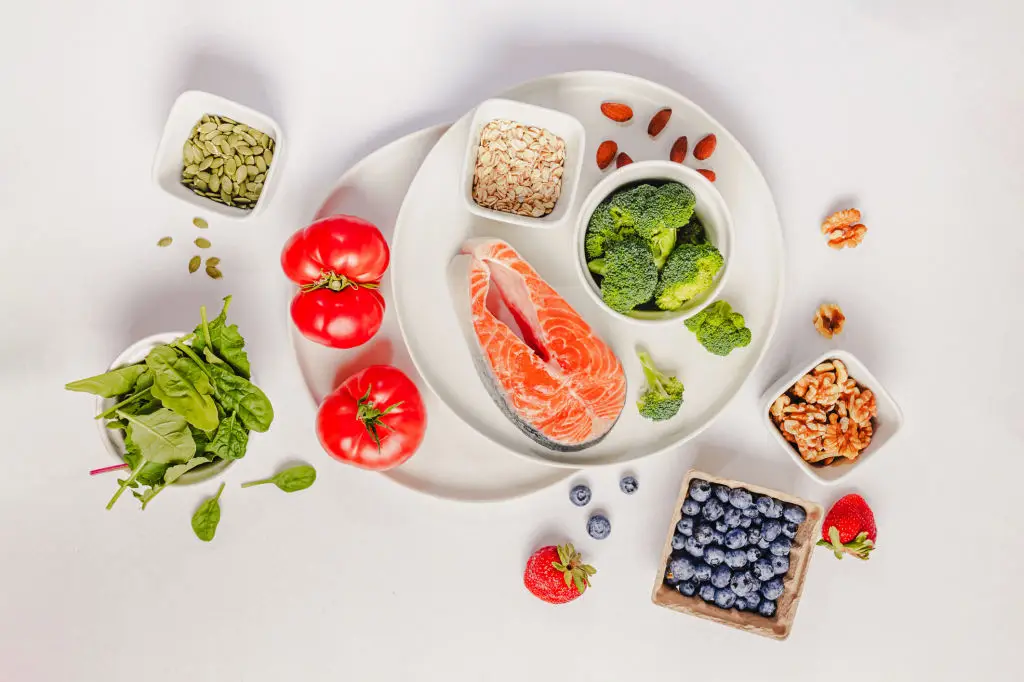
Nightshade vegetables—like tomatoes, potatoes, peppers, and eggplant—have earned their spot as mealtime staples thanks to their flavor and nutritional value. For many, they’re harmless, even beneficial. But for a surprising number of people, these veggies contain compounds such as solanine and glycoalkaloids that can spark inflammation in vulnerable joints. The science on this link is mixed; while research isn’t conclusive, enough folks living with joint pain report a difference when they steer clear of nightshades that it’s become a hot topic among wellness communities. Cold weather plays a role here, too: our immune systems often respond differently when temperatures drop, possibly making us more sensitive to naturally irritating compounds. If you’re curious whether nightshades might be fueling your wintertime discomfort, try setting them aside for a couple of weeks and keeping a gentle log of your symptoms. Swapping in options like sweet potatoes or butternut squash keeps meals cozy without the potential flare-ups. Remember, this is experimentation, not punishment—your body’s response is uniquely yours.
2. Refined Grains & Gluten: Hidden Flare-Ups

Warm bread, holiday rolls, and pasta dishes are hard to resist in winter, but refined grains and gluten-heavy foods can quietly add to joint pain. These products—think white bread, crackers, pastries—have a high glycemic index that quickly raises blood sugar, which can contribute to inflammation. For those sensitive to gluten, the problem is twofold: gluten may irritate the gut, which, in turn, prompts immune responses that affect joints. Dr. Todd Harris of Harris Dental Associates notes this gut-joint connection is especially noticeable in autoimmune conditions. Add to that the tendency for reduced movement and comfort-eating in cold months, and you have a recipe for more flare-ups. If refined grains are a daily habit, start by swapping just one serving for a whole grain or gluten-free alternative—you might choose brown rice instead of white, or a hearty bowl of quinoa. Small changes, one meal at a time, are the foundation for lasting relief.
3. Processed Red Meats: The Inflammation Equation

Who doesn’t crave a sizzling piece of bacon, a saucy sausage, or slices of deli meat, especially when winter calls for rich, filling meals? But processed red meats pack more than just savory flavors. They’re loaded with advanced glycation end-products (AGEs) and saturated fats, both known to ramp up inflammation throughout the body. Eating these more frequently as cold comfort foods could mean your joints are on the receiving end of some extra pain. While it’s not about cutting out all your favorites, being mindful of portion size and frequency can help. Try shifting two meals a week to feature leaner proteins such as chicken, fish, or plant-based options like lentils—your joints (and heart) will thank you. This gentle swap is as much a celebration of variety as it is a move toward easier mornings free of that creaky, achy feeling.
4. Dairy Products: Comfort Food with a Twist
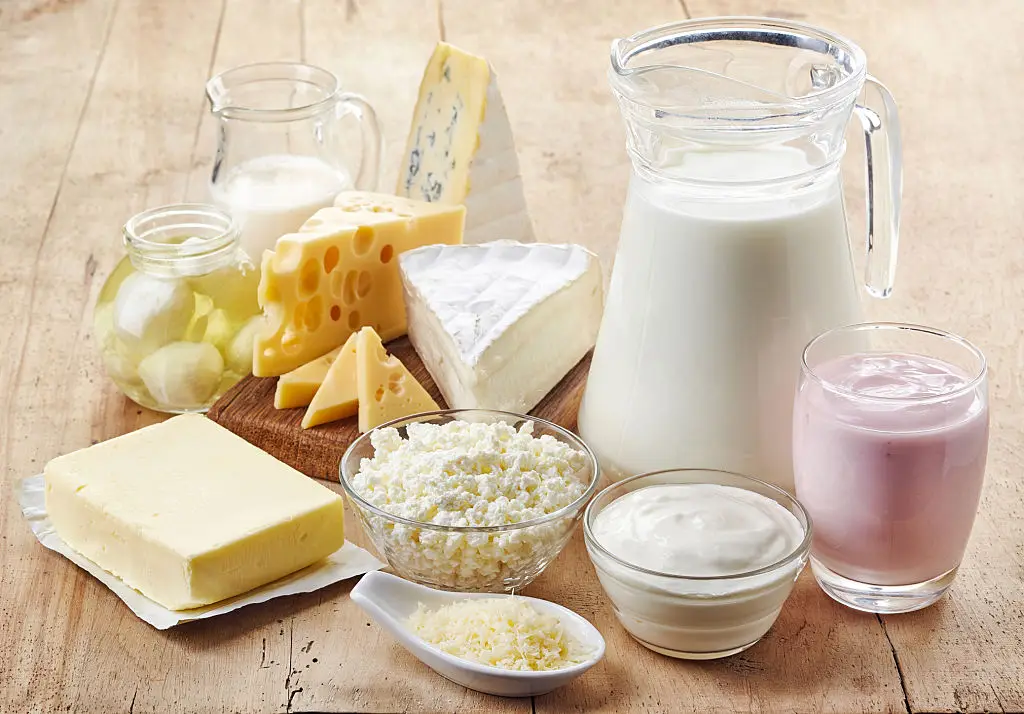
Steamy mugs of cocoa, cheesy casseroles, creamy soups—dairy brings comfort on cold days, but can also spell trouble for some joints. Dairy products contain casein and lactose, two components that can trigger immune responses and inflammation in sensitive people. For those with subtle intolerances, joint sensitivity might show up long before classic digestive symptoms. In winter, when dairy-heavy foods are common, it’s easy to overlook the connection. Curious if dairy could be quietly contributing to your joint stiffness? Consider a week-long swap to nut, oat, or coconut-based alternatives. Many find that their bodies welcome the break and joints feel a little more cooperative. Keep this experimentation light—no need for judgment, just attentive curiosity and noticing what supports your daily comfort.
5. Omega-6 Vegetable Oils: Behind the Label
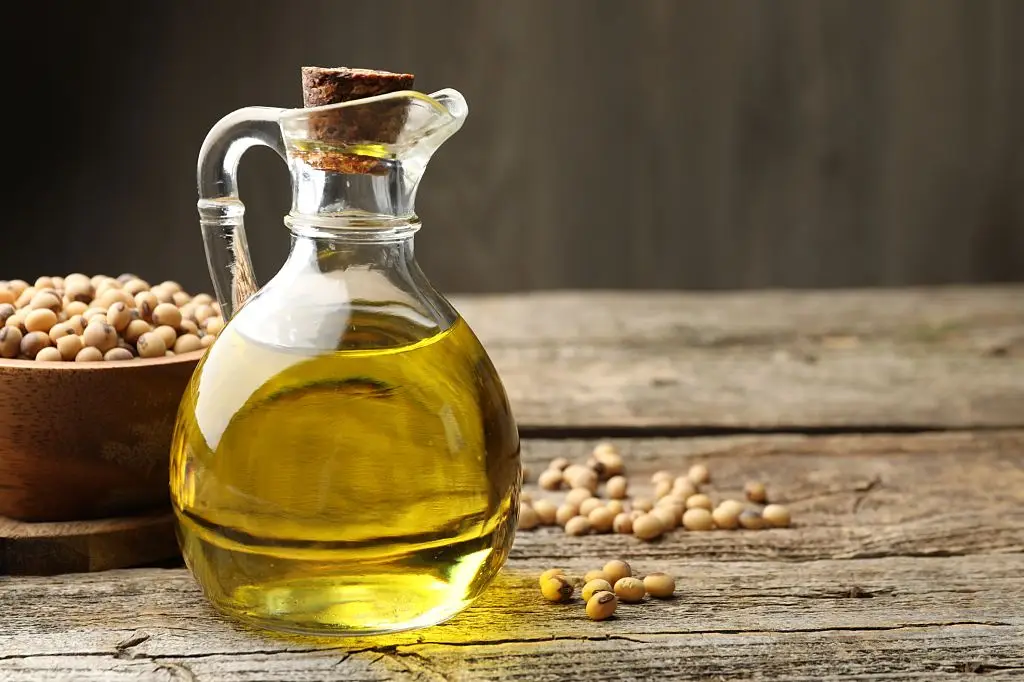
Corn oil, soybean oil, sunflower oil—these pantry staples often lurk in processed snacks and fried foods, especially when the chilly season leans us toward quick, comforting meals. While omega-6 fatty acids are essential in the right amount, today’s diets can tip the ratio heavily away from anti-inflammatory omega-3s, encouraging rather than soothing joint inflammation. This imbalance can become even more pronounced as we hunker indoors during winter, relying on packaged foods for expediency. Small shifts, like choosing olive or avocado oil for cooking and snacking on walnuts or seeds, can help bring that inflammatory scale back into balance. It’s less about saying “no” forever and more about giving your joints a little seasonal kindness wherever you can.
6. Added Sugars: Sweetness and Swelling

Sweet treats often brighten gloomy days, but they might leave more than just a sugar rush behind. Excessive added sugars—from soda, candy, cookies, or that tempting frosted pastry—spike our blood sugar, leading the body to produce more inflammatory cytokines. These immune messengers, while helpful in fighting illness, can wreak havoc on joints over time. Winter’s holidays and comfort foods only amplify the opportunities for extra sweetness, all while we sometimes move less and drink less water. Set a gentle, realistic goal to limit sugary snacks and swap in fresh fruit or nut butters for a naturally satisfying alternative. No need to eliminate all things delicious—just keep the sweetness in balance to help your joints carry you comfortably through the season.
7. Alcohol: Seasonal Spirits and Soreness

A warming glass of red wine or festive cocktail can be a pleasant indulgence, especially in winter’s social gatherings. But alcohol—whether wine, beer, or spirits—boosts inflammation and slows down the body’s ability to repair. It also interferes with the absorption of joint-friendly vitamins and can disrupt sleep, making it harder for tissues to recover overnight. Cold weather often comes with more indoor celebrations and temptation to pour another round. Consider switching to a fun, non-alcoholic mocktail or herbal tea at your next get-together and try “dry weekends” to see if your joints wake up with more ease. Every little experiment is evidence that you can support your wellness without missing out on seasonal joy.
8. Caffeinated Beverages: Energizing or Aggravating?

There’s nothing quite like a hot cup of coffee or black tea to start a chilly day. While caffeine has its perks—alertness, a sense of ritual—it can also dehydrate and affect how the body absorbs minerals like magnesium and vitamin D, both important for joint health. Some coffee lovers even notice more twinges in colder months when they sip extra cups seeking warmth and energy. If you suspect caffeine might be nudging your joints in the wrong direction, try alternating each mug with herbal tea or decaf, or limit yourself to a single daily cup. This isn’t about losing treasured routines, but about making gentle changes that honor both your warmth-seeking spirit and your well-being.
9. Soy Products: Sneaky Inflammation for Some
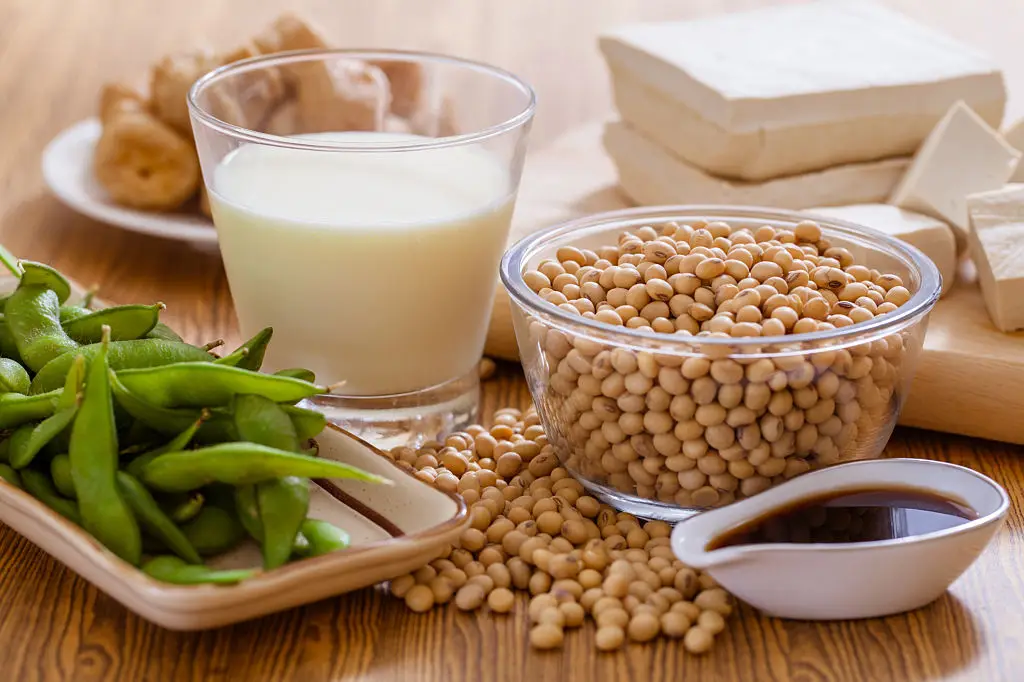
Tofu, soy milk, and those handy protein bars—soy shows up often as a healthy pick in plant-based diets. Still, the story isn’t always simple for joint health. While some people thrive on soy, others find the plant-based phytoestrogens or processing methods prompt joint discomfort, particularly if consumed regularly. During winter months, soy-based comfort foods can seem like a virtuous choice, yet hidden sensitivities may show up as unexplained aches. To navigate this, keep plant protein sources varied—beans, lentils, hemp seeds—as rotating options, and check how your joints respond when soy is on your plate. Gentle, non-judgmental curiosity is the best compass here.
10. Salt-Laden Preserved Foods: More Than a Pinch

Winter is the time for comforting soups, salty snacks, and preserved favorites. Foods like pickles, olives, canned soups, and ready meals carry higher sodium levels, which the body stores by retaining water—a recipe for morning stiffness and joint swelling. Extra salt also nudges blood pressure up and may trigger inflammatory signals that joints feel especially in the cold. To keep things flavorful without the aches, try making simple homemade soups or rinsing canned items to lower their sodium load. Even small shifts in the kitchen can set the stage for more fluid, easy movement as frost lingers outside.
11. Root Vegetables with High Glycemic Index: Not All Roots are Equal
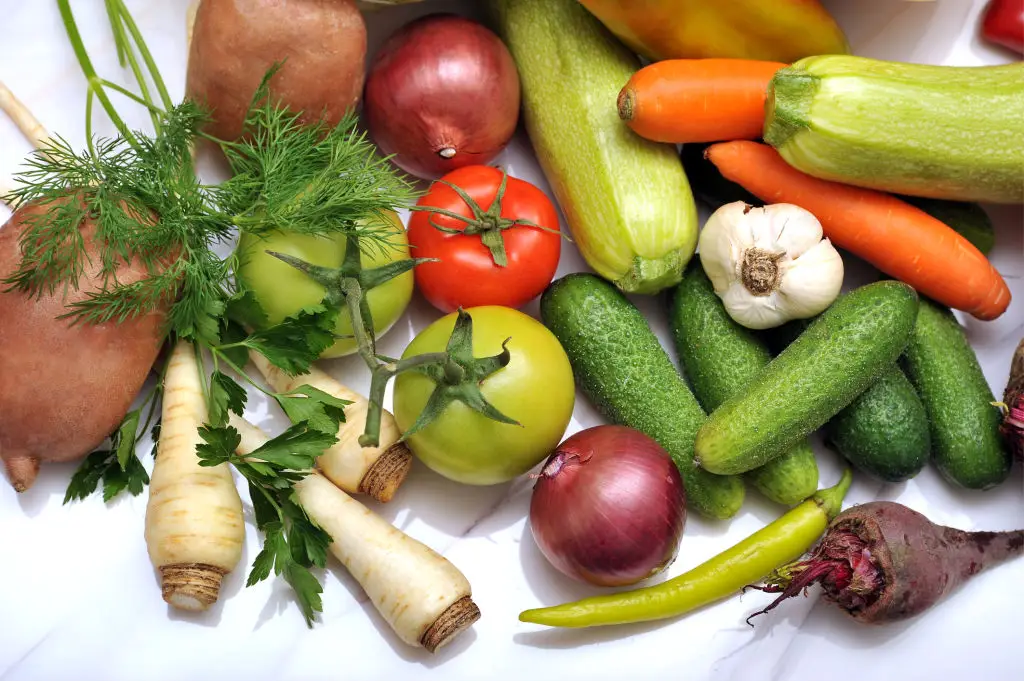
Roasted roots are staples of winter menus, bringing comfort and nourishment to the table. Yet not all are created equal for joint health. Parsnips, white potatoes, and certain squash varieties rank high on the glycemic index and can cause blood sugar spikes—potentially leading to greater inflammation, especially for those wrestling with sensitive joints. Instead of clearing them from your menu, experiment with a half-and-half mix, swapping starchy roots for lower-GI picks like carrots, sweet potatoes, or beets. These subtle modifications keep meals warming but give your joints more reasons to move freely.
12. "Hidden" Vitamin A-Rich Foods: Too Much of a Good Thing?

Liver, cod liver oil, and some fortified foods are seen as dense sources of nutrition, valued especially in the darker months. Yet too much vitamin A can tip the scales toward toxicity, with joint pain listed as one early sign of overload. Because many supplement more in winter and spend less time outdoors, the risk of such imbalances grows. Be mindful of labels and total daily intake—mixing supplements, fortified foods, and high-vitamin-A animal foods may exceed safe levels faster than you’d think. Sticking to recommended doses and balancing your sources lets you reap the benefits of these foods while still supporting pain-free movement through the chilliest season.
A Warmer Path to Wellness

Winter invites us to slow down, seek comfort, and nurture ourselves—yet sometimes, hidden triggers within our seasonal favorites contribute to aches that make self-care a challenge. Understanding how seemingly harmless foods can play a role in joint discomfort opens up fresh possibilities for gentle experimentation. This journey isn’t about achieving flawless eating habits or following someone else’s strict rules; instead, it's an invitation to notice patterns, honor your body’s unique signals, and try manageable changes one meal at a time. Even if some foods on this list are beloved, remember, you’re in charge: perhaps you reduce portions, swap in alternatives, or discover that certain items have no impact at all for you. Your body’s wisdom—the aches, the relief, the surprising resilience—can gently guide your choices this winter. Here’s to a season of attentive self-care, delicious meals, and joints that support all the movement you love, no matter the weather outside.